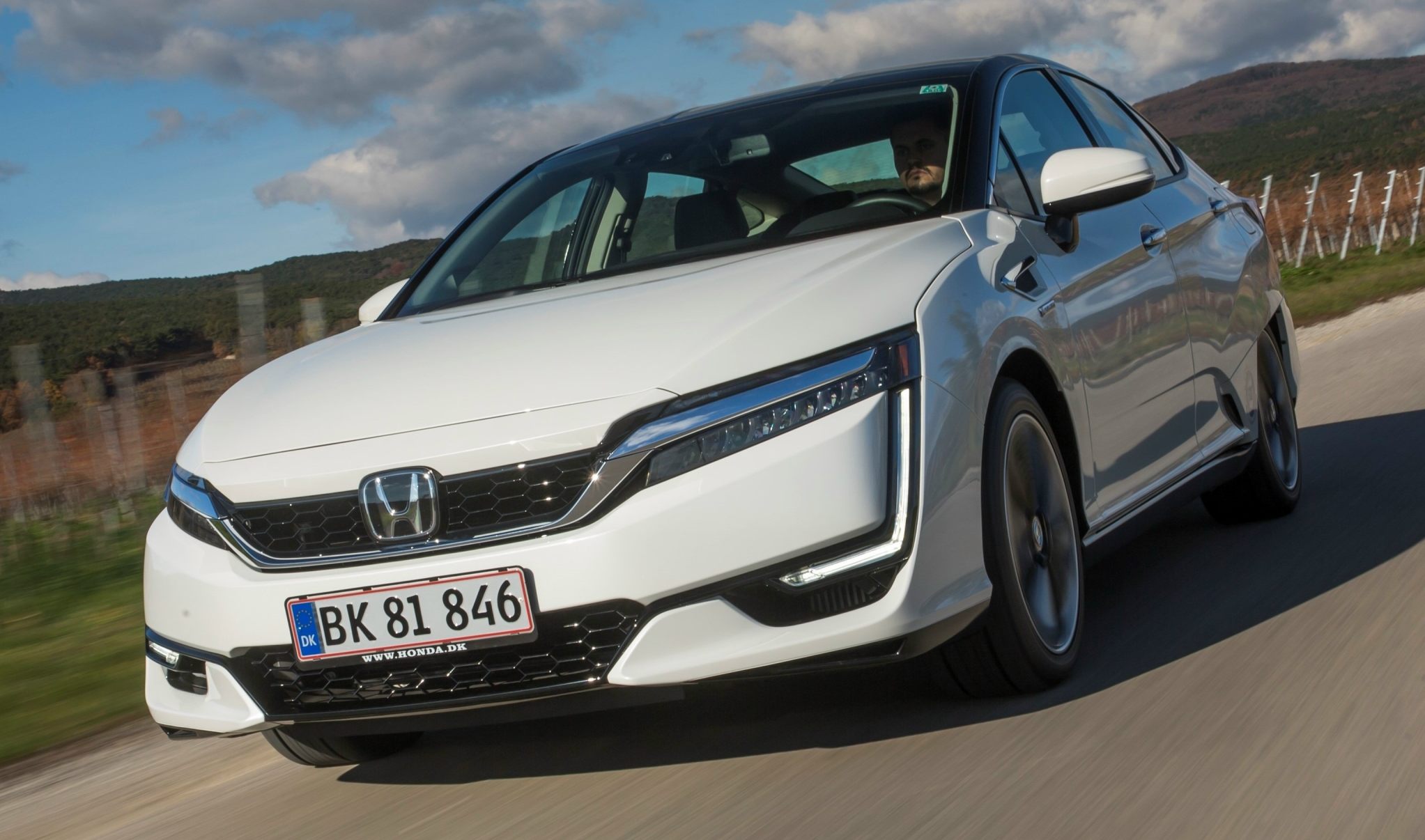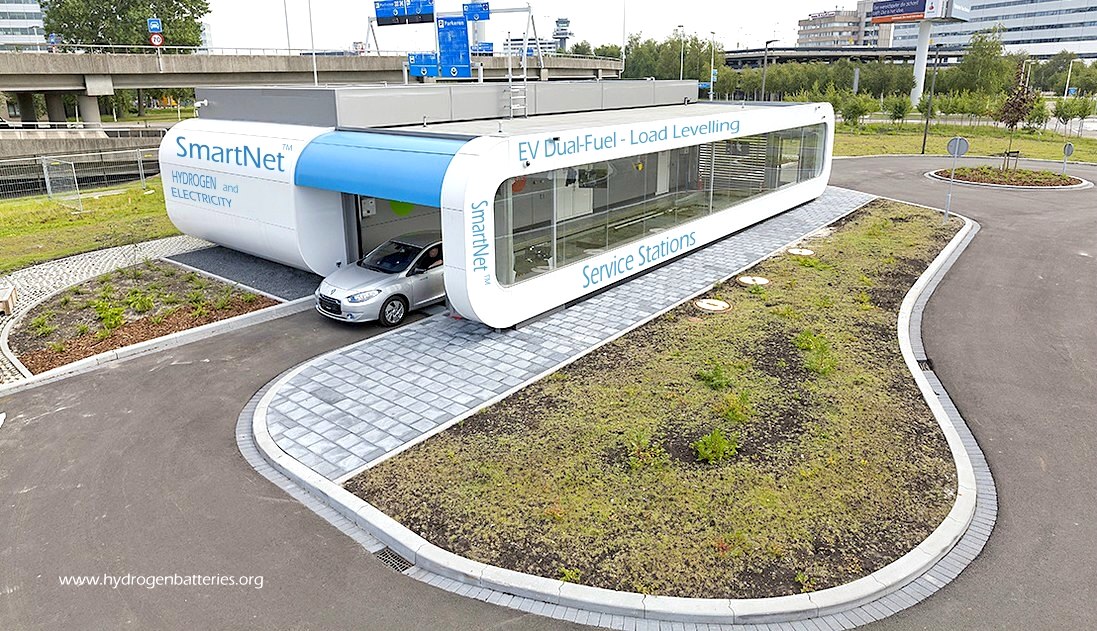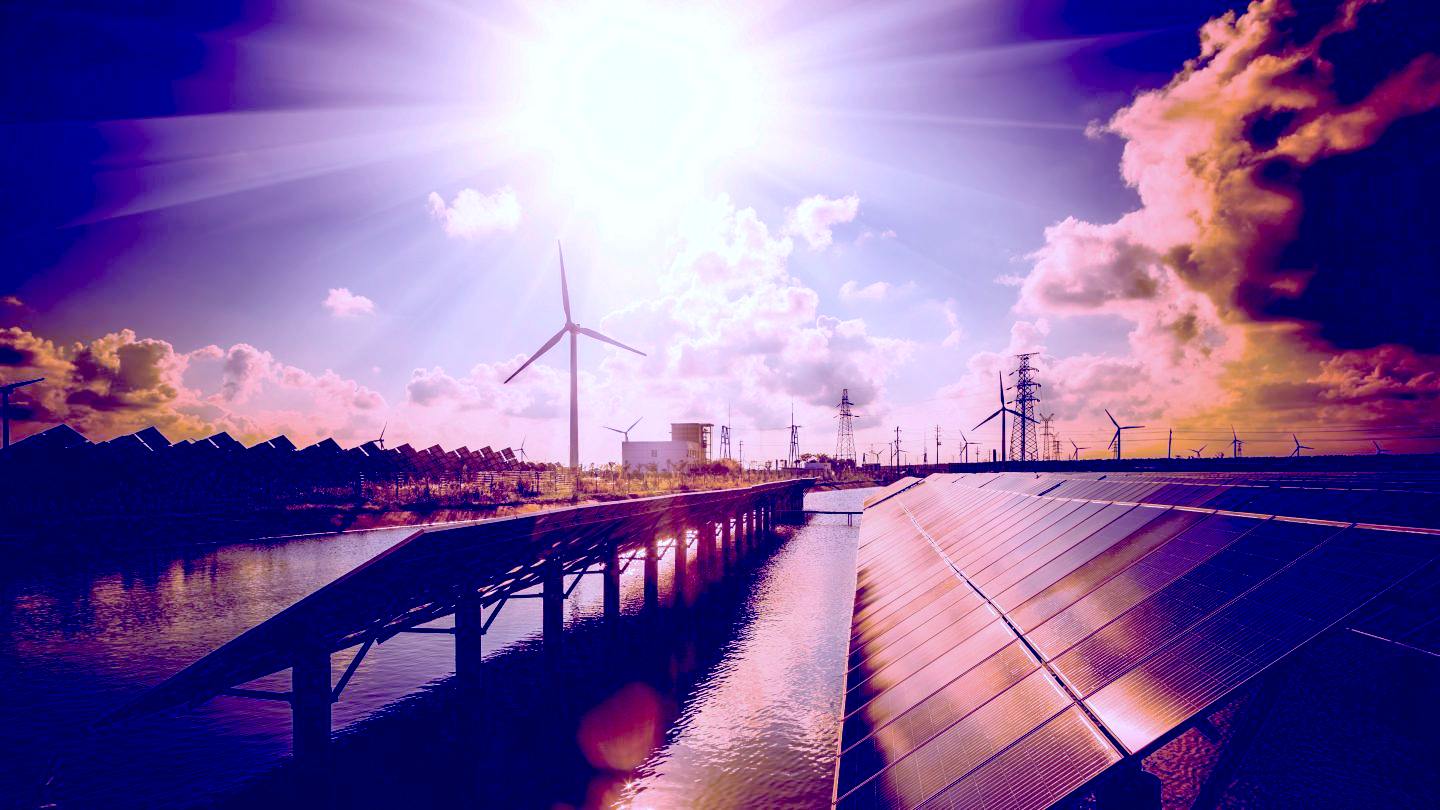|
FUEL CELLS & CARS +
Please use our A-Z INDEX to navigate this site where page links may lead to other sites.
|
|
|
The Hydrogen Molecule is seen to be the next stage of sustainable development for electrics, by extending range significantly for passenger vehicles and making the practical operation of long range heavy goods vehicles possible.
Cars that use hydrogen fuel cells are slowly gaining in popularity, but not quickly enough to meet clean air targets of the Paris Declaration (COP21 2015) by 2035 in the absence of the necessary infrastructure support. This is causing industry confusion as to what format to adopt and E-Mobility energy mix to develop: Battery Vs Hydrogen Fuel Cell. It's a tough call without a clearly defined transport/energy policy. COP29 looks to be more a negotiating platform for continued fossil fuel usage (as are shows like EGYPES), being hosted by another oil producing nation. Three in a row. With obvious conflicts of interest as to transitional arrangement. Save, that such dialogue is now included.
Within that competitive market share, are ammonia and methanol compounds. Each with their own set of advantages and problems.
That is why we say, why not develop all formats side by side with Smartnet™ multi-fuel (& load-levelling) Smart Networked Service Stations, for SmartGrids™. These service facilities can charge battery and hydrogen vehicles, side by side, to complement, rather than compete with each other technologically - without bringing down grids & causing power failures. The system allows for new chemistry as and when it is developed, to be introduced with a level playing field. Provided that such energy (utility) companies adopt the Universal Cartridge handling system, alongside their other efforts to penetrate the market.
WORLD 1ST - The world's first hydrogen fuel-cell 'cartridge' car. When we say hydrogen, we mean ammonia and methanol as well, by way of future proofing for manufacturers, and hedging of bets for consumers. Since the cartridges can contain either fuel, providing electrical power at standard voltages, to cater for over 90% of existing EV's.
This experimental car was built with help from students in 2014, now a museum exhibit, in Sussex, England. It is an example of what can be achieved on a low budget, with heaps of enthusiasm. In 2014, there was no energy or cost of living crises. Today, you'd stand more chance of obtaining funding. Since, the UK wastes around £21 billion pounds in energy every year - simply because the grid is not fit for purpose - according to Ofgem. Perhaps we need new laws to force investment in grids. Labour leader Keir Starmer seems to be on the right track.
Our mission is to add value to the electric vehicle concept, manned or unmanned - not to compete with automotive OEMs. We are offering help with energy supply, the Achilles Heel of EVs, where perhaps, the infrastructure should have come first. Fortunately, with EVs and renewables in their infancy it is not too late to adapt.
The biggest hurdle to serious mass production of EVs at the moment is platform mismatch. We aim to overcome that with a Universal service station, that will also benefit generating utilities, in preventing power outages from storms and floods.
OEMs need not concern themselves with competing against alternative fuel formats, but focus on producing great cars their way. Battery or hydrogen powered it does not matter. The Smartnet™ system likes all EVs. With the added bonus that electric cars, (should they embrace Universal Cartridges) can swap between energy sources at the flick of a switch. This concept is compatible with the UN's Sustainability Development Goals (SDGs), 7, 9, 11 and 13.
You are probably wondering how?
'Better Place' (Shai Agassi) were too far ahead of their time with the EV service station above (re-signed as SmatrNet by way of example) to succeed. This advanced unit could exchange battery cartridges in minutes, rather than use plug in charging, but could not cater for hydrogen vehicles or offer load levelling for national grids as with the SmartNet™ system. The system was tried in Amsterdam, but did not take off, after $600m investment. Today, we have driverless cars and taxis on the horizon, that will need automated recharging at smarter service stations.
The concept may be seen as hardly disruptive at all, simply adding a few extra strings to the EV popularization bow, spread over quite a number of years. We are not suggesting flipping a switch that halts fossil fuel use overnight, for that would grind civilization to a standstill.
Conventional plug-in and gas fuelled hydrogen cars are catered for alongside instant servicing and repairs, that at the moment is missing (almost) altogether from the transport energy infrastructure as it stands, in fact, that nobody has yet defined. Disruption is only likely for those in the automotive and energy supply world, who fail to adapt in good time to the changing automotive landscape.
This will also apply to electricity Transmission/Distribution System Operators, who fail to make provision to reduce redispatches, and crippling compensation payments.
Putting all your eggs in one basket, without a plan to change tack as market swing, or fresh innovation dictates, may qualify as poor business planning. We would urge everyone to keep their options open.
HYNOVA, NEW ERA BOATING - Electro-hydrogen hybridization is at the heart of the propulsion system of The New Era by HYNOVA Yachts, the first day-boat equipped with a Toyota REXH2® running on hydrogen fuel cells and currently in approval phase. Cars are not the only vehicles turning to hydrogen for sustainable energy. The difference between fuels cells and hydrogen for cars and trucks, as compared with ships and ports, is the scale of the problem. Bunkering being far more of a bulk supply problem. In Europe, they have partnership called ZEWT (Zero Emission Waterborne Transport) operating under the Horizon scheme, designed to accelerate the introduction of clean maritime fleet operations.
THE CORN EXCHANGE, BRIGHTON DOME 13 JUNE 2024 - Leo Perrin is the Youth Project Lead at the Cleaner Ocean Foundation - a not for profit R&D organisation. This is an amateur video of a short presentation about the 'green hydrogen' powered Elizabeth Swann - a zero carbon (ZEWT) trimaran around 44 meters in length that uses fuel cells to power electric thrusters. Bristling with state of the art tech. This talk (only his second) was given at the launch of the 'Sussex Bay' re-wilding project, a brilliant initiative to conserve around 100 miles of Sussex coastline, supported by many authorities and like minded concerns. Please visit their website to learn more of this important work.
SUSTAINABLE ENERGY FOR TRANSPORT
If as a global community we want a practical infrastructure solution within the next 10-15 years, hydrogen and battery EVs have many obstacles to overcome, if the world is to take advantage of load-leveled, solar and wind generated renewable electricity. That is without Smartnet™. With smart networked energy grids, the planet can breathe a sigh of relief. We need to overcome the Chicken and Egg Situation.
Hydrogen powered vehicles are becoming more popular, especially buses in cities, where diesel particulates are choking the population and causing cancer. There is an abundance of clean wind and solar energy that can produce green hydrogen, something that at the moment is not happening.
Please use our A-Z INDEX to navigate this site
This website is provided on a free basis to promote zero emission transport in Europe and Internationally. Copyright © Climate Change Trust & Universal Smart Batteries 2024. Solar Studios, BN271RF, United Kingdom. The name SmartNet™ is a trade mark for dual fuel load-levelling service stations.
|



